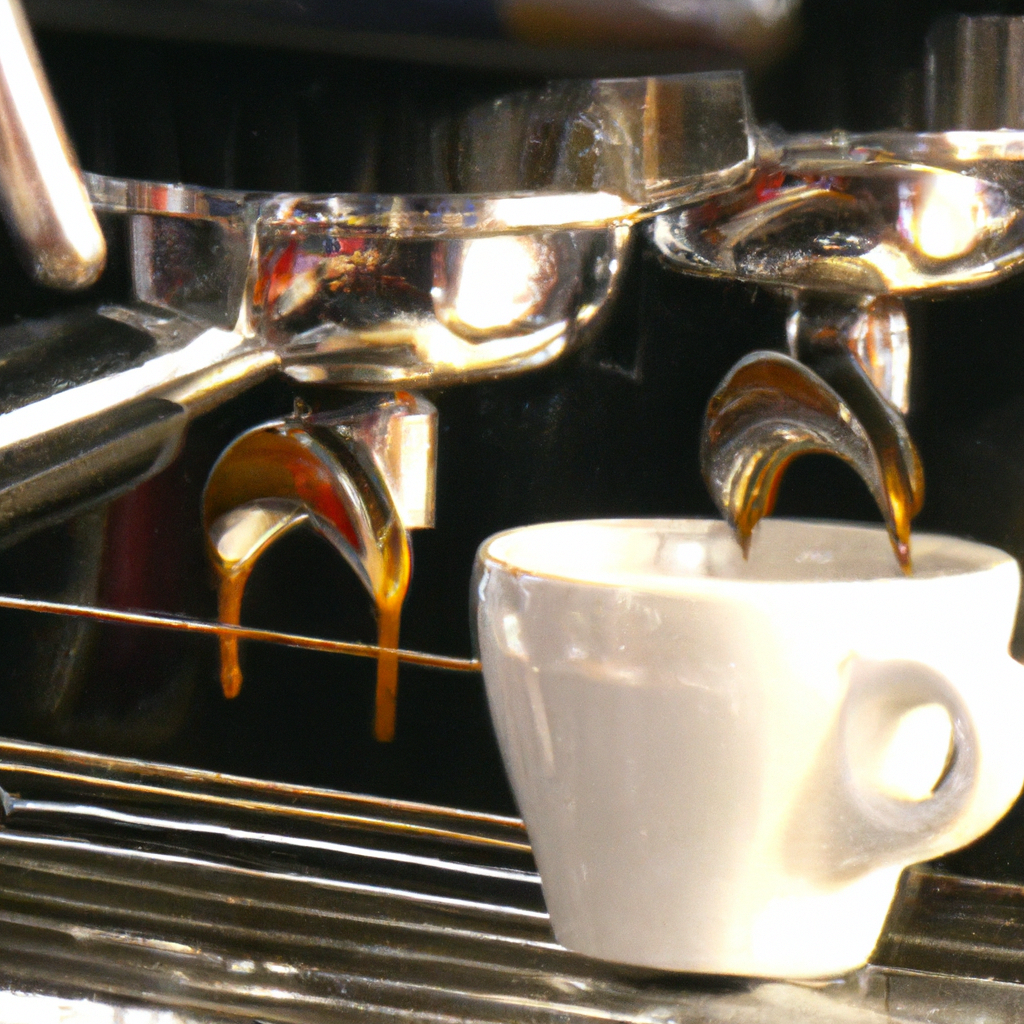Espresso is a concentrated form of coffee that has become increasingly popular in recent times. It is a staple at coffee shops and cafes, and many people enjoy a shot of espresso in the morning to start their day. But how is espresso made in a coffee machine? In this article, we will explore the process of brewing espresso, the equipment required, and the role of the barista in making a perfect shot of espresso.
The Process of Brewing Espresso
Brewing espresso is a complex process that requires precision and attention to detail. The first step in making espresso is to grind fresh coffee beans. The beans are ground into a fine powder, which is then packed tightly into a small filter basket. The basket is then placed in the espresso machine, and hot water is forced through the grounds at high pressure. The result is a small, concentrated shot of coffee that is rich in flavor and aroma.
Equipment Required for Making Espresso
To make espresso, you need an espresso machine, coffee beans, a grinder, and a tamper. Espresso machines come in a variety of designs, but they all work on the same basic principle of forcing hot water through finely ground coffee. Some espresso machines are manual, while others are fully automated. Manual machines require more skill and experience to operate, while automated machines are easier to use but may not produce the same quality of espresso shot.
Coffee beans are an essential component of making espresso. The beans must be high quality and freshly roasted to ensure the best possible flavor. Espresso beans are typically roasted darker than regular coffee beans, which gives them a richer, more intense flavor. Once the beans are roasted, they are ground into a fine powder using a coffee grinder. The grinder must be adjusted to achieve the correct grind size for espresso.
A tamper is used to pack the ground coffee into the filter basket. The tamper ensures that the coffee is packed tightly and evenly, which helps to ensure a consistent shot of espresso. Tamping is a skill that takes practice to master, and it is an essential part of making a good espresso shot.
The Role of the Barista
The barista plays a crucial role in making a perfect shot of espresso. A skilled barista can adjust the grind size, tamping pressure, and water temperature to achieve the perfect shot every time. The barista must also know how to froth milk properly for cappuccinos and lattes, which are popular espresso-based drinks.
Frothing milk is a skill that requires practice and patience. The milk is steamed using a wand attached to the espresso machine, which creates a frothy, creamy texture. The barista must know how to position the wand correctly and how long to steam the milk to achieve the desired texture and temperature.
The Importance of Crema
Crema is a golden-brown layer that forms on top of a shot of espresso. It is created by the high pressure of the hot water forcing its way through the coffee grounds. Crema is an important part of espresso, as it adds flavor and aroma to the shot. A good crema should be thick, creamy, and have a rich, nutty flavor.
In conclusion, making espresso is a complex process that requires precision and skill. The equipment required includes an espresso machine, coffee beans, a grinder, and a tamper. The barista plays a crucial role in making a perfect shot of espresso, and must know how to adjust the grind size, tamping pressure, and water temperature to achieve the desired flavor and aroma. Frothing milk and creating a good crema are also important skills for a barista to master. With practice and patience, anyone can learn how to make a perfect shot of espresso.







